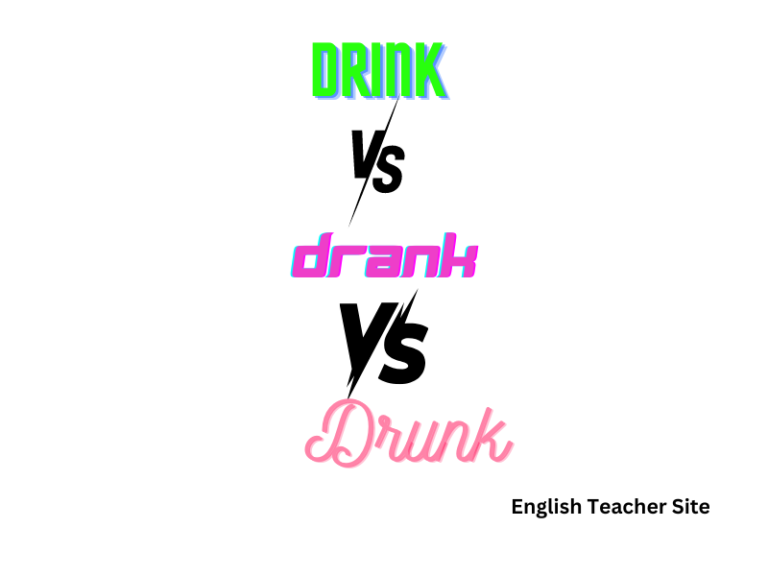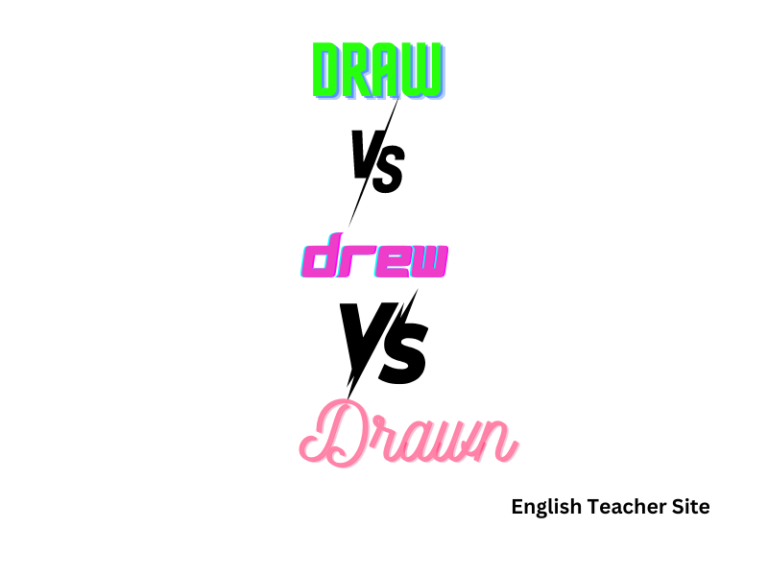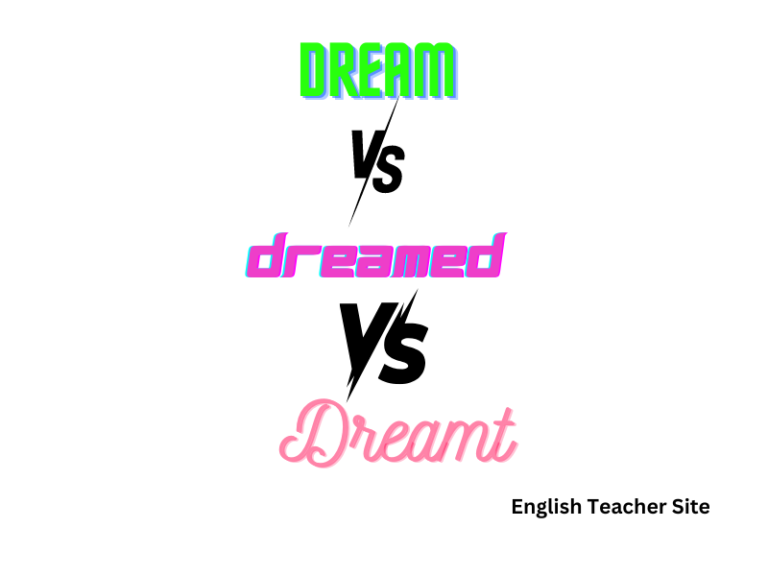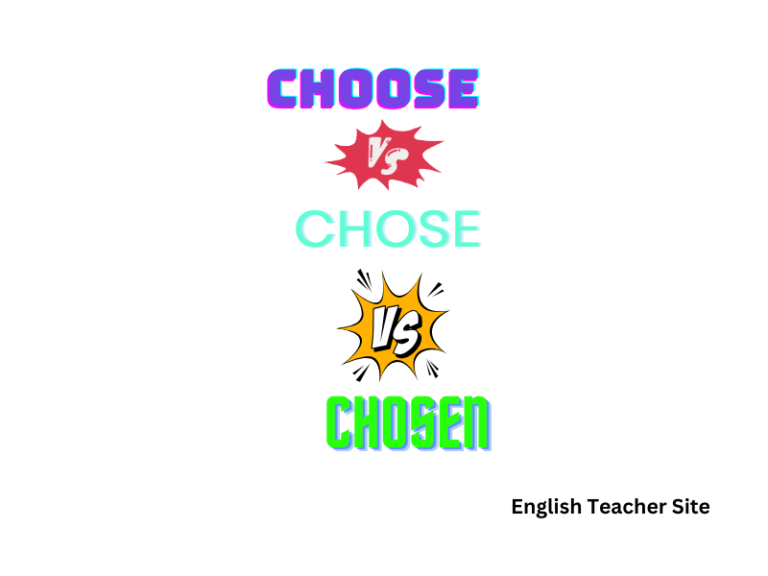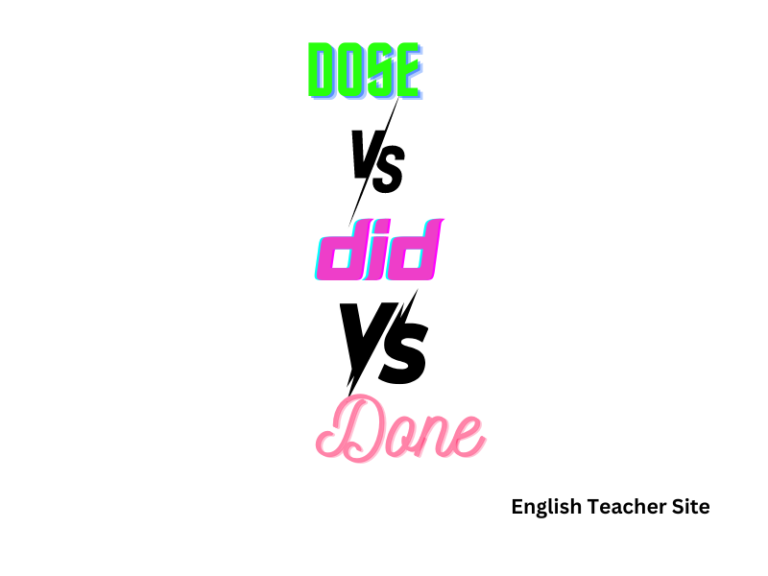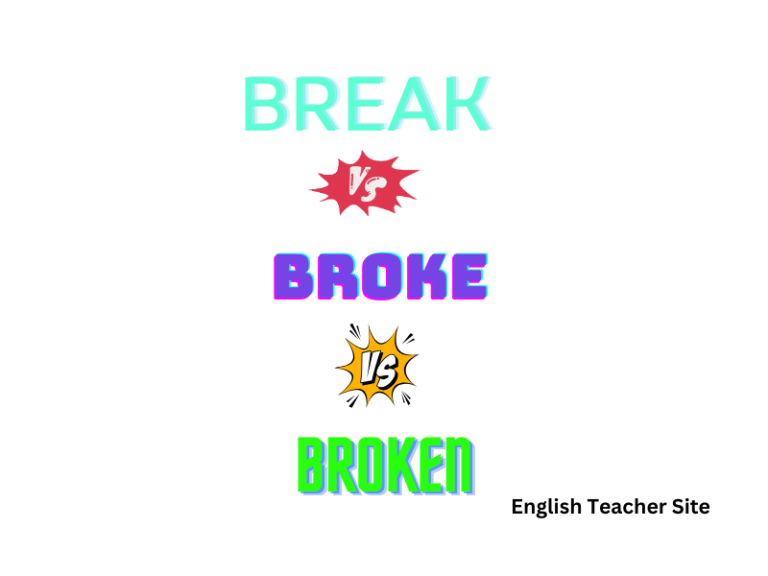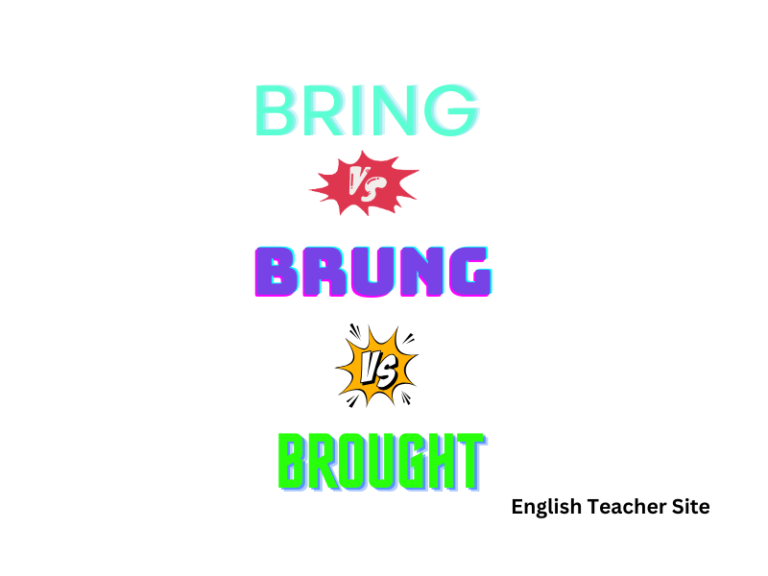Drove vs. Driven Master the Difference Instantly
Drove is the simple past tense of drive.Driven is the past participle of drive. Now, let’s take a deeper dive into what makes these two words distinct—and how mastering their usage elevates both spoken and written communication. What’s the Big Deal with Drove vs. Driven? Why These Two Words Confuse So Many People For such…


